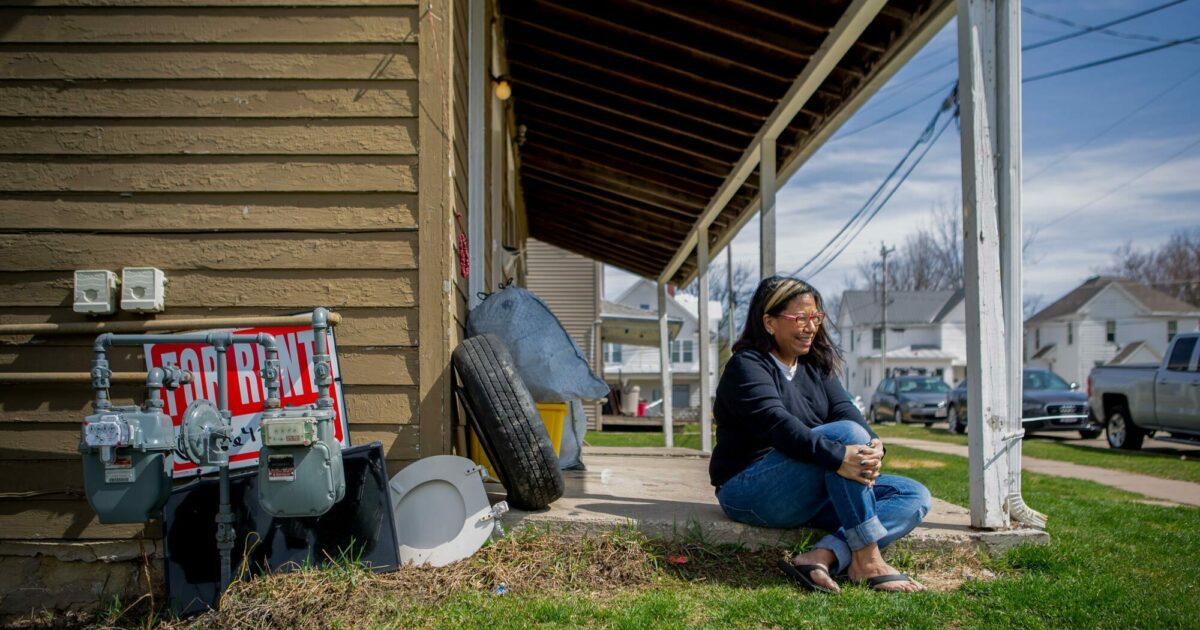As a boy in the late 1950s, Terry McDonald watched as workers built an 80,000-square-foot manufacturing plant in an industrial neighborhood on the west side of Eugene. Long after childhood, McDonald felt an affinity for the factory, where American Steel once fabricated heavy-duty logging equipment until the timber industry waned in Oregon.

Terry McDonald, right, is executive director of St. Vincent de Paul Society of Lane County (SVdP) and president of HOPE Community Corp. He’s pictured in HOPE’s future manufactured-home factory in Eugene, along with Bethany Cartledge, deputy director of SVdP and secretary of the HOPE board of directors.
Now, as the executive director of the local Society of St. Vincent de Paul, McDonald has made a career of turning other people’s castoff goods into cash to support low-income housing and the charity’s other anti-poverty initiatives. He easily imagined creative reuse for the midcentury factory, a space flooded with natural light from paned-glass windows high above the manufacturing floor.
“I looked at this building and said: ‘Someday, I would like to own that building,’” McDonald said. “Old industrial buildings are just kind of fun.”
Over the next year, McDonald and his team will transform the massive space into a nonprofit manufactured home factory capable of producing as many as 80 homes a month.
Known as the HOPE Community Corporation, it’s a unique nonprofit venture supported by $15 million in housing money from the Oregon legislature. Once the group is up and running in 2023, HOPE could employ more than 100 people to build factory-built homes for low-income families at a time when many states face a critical housing shortage.
Because manufactured homes are built on an assembly line, they’re less expensive and faster to construct. They’re seen as essential for providing new housing, especially for lower-income buyers who may have been priced out of site-built homes or expensive rental markets. Many housing experts see factory-built homes as an effective way of meeting current housing needs, especially in rural areas.
The average factory-built home costs $106,000 to build, compared with $351,000 for site-built homes, said Lesli Gooch, chief executive officer of the Manufactured Housing Institute, a trade organization that in June exhibited some of the industry’s newer home models on the National Mall in Washington, D.C.
The techniques used in factory-built homes are the difference between $72 and $140 per square foot in construction costs, Gooch said, though some of those estimates, as with all construction, may have increased recently because of inflation and supply chain issues.
CLICK HERE to read the entire Governing article



